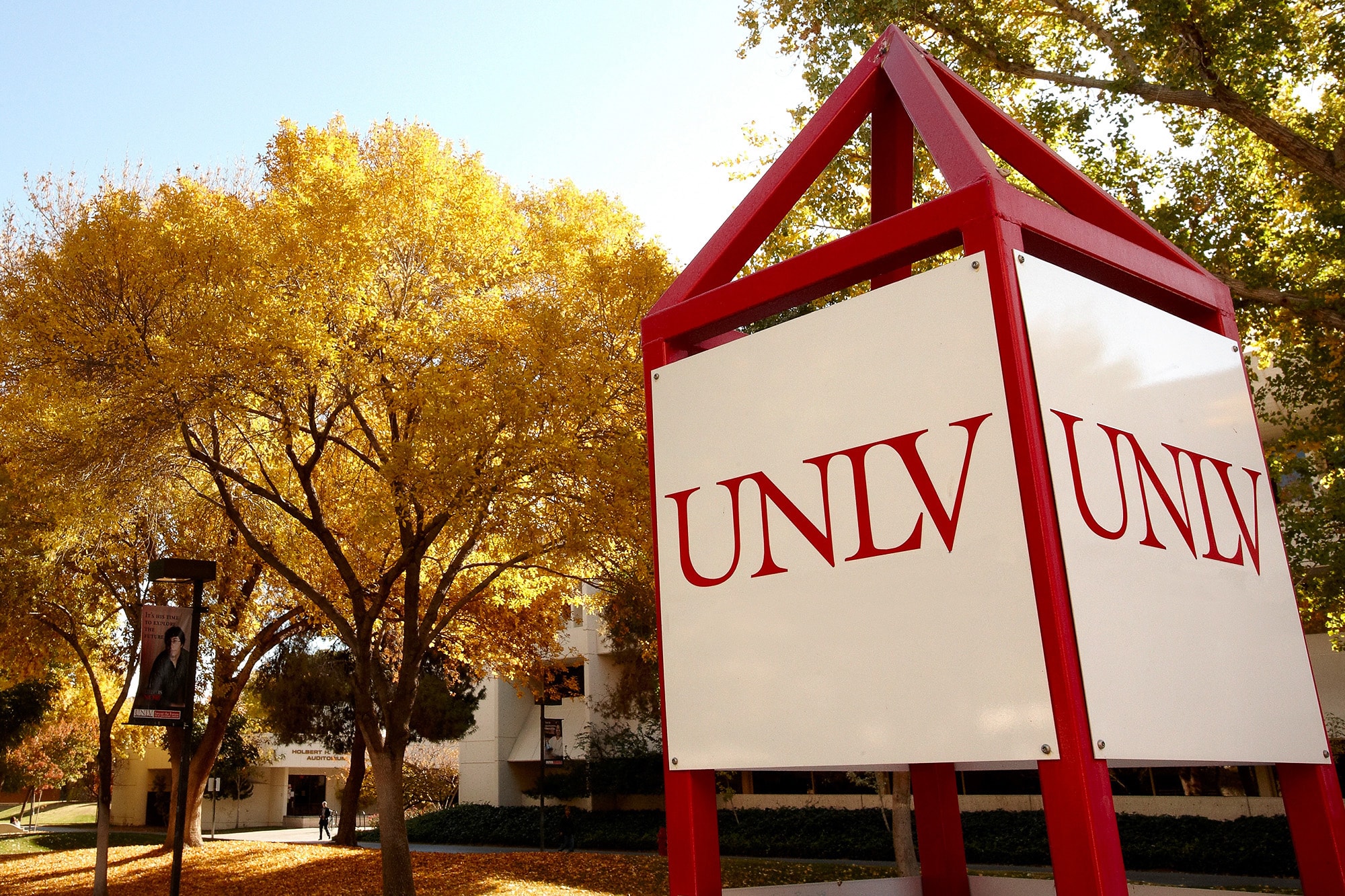Ten years ago "no gain without pain" was a common statement in the fitness world, meaning that if one wanted to be physically fit it took a lot of hard, dedicated work. The standard exercise prescription was 45 minutes, three times per week, at 70-85 percent of maximum capacity. This kind of program was good, but only the really dedicated exercisers could maintain this rigorous schedule.
Recent research in our laboratory, as well as other laboratories and programs across the country, is showing that although the above prescription for fitness is still valid, fitness can be obtained and maintained with much less exercise.
At UNLV a research study involving an experimental adult exercise program has been conducted for the past 18 years. Each day, five days a week, 20-30 women and 60-80 men exercise for an hour, under supervision, at the university. Some participants have been in the study for all 18 years, others join the study each year in September. Participants are measured on a battery of tests including body composition, strength, cardio-respiratory tests, flexibility, and body typing. In addition, participants have a complete blood profile and an electrocardiogram. Attendance is very importance and although not mandatory, is recorded and made part of the participants' record.
The data show that the more often one attends, the greater the improvement in fitness. However, even those who attend as little as 40 percent of the time make significant improvements in their fitness. Most physiological measures of fitness, e.g. resting and maximum heart rate, flexibility, strength, aerobic capacity, percent body fat, etc., get poorer with age and the research literature publishes age curves for these measurements. The UNLV data show that any or all of these measurements can be reversed by regular exercise.
There are individuals who attend once (20 percent) or twice (40 percent) a week who also make positive changes. Once-a-week exercisers are cautioned because strenuous exercise done spasmodically is potentially dangerous. However, even they improve, not because their measurements get better but because they stop the decline with age.
So even a little exercise is beneficial. Twice a week at 40-50 percent intensity will produce improvements in fitness and stop the normal age decline.
In addition, data shows that, regardless of the subject's starting age, positive changes occur. Individuals who start exercising as late as 50-65 years of age have similar, although not as large, improvements as younger individuals.
The important factor is to do something physical. A little is better than nothing. Walking has become popular because it is not as stressful as jogging and more people can and will walk. Studies have shown that walking provides excellent changes in fitness.
The challenge to the fitness industry is how to involve the 80 percent of the population who are not exercising. Health clubs are crowded with good-looking, well muscled, young and enthusiastic exercisers. The question is: where are the unfit, overweight, unmotivated majority of people? These are the individuals who need exercise. Providing a variety of low-intensity, low-skill activities and letting the non-exerciser realize improvements in fitness can occur without pain while doing enjoyable activities, will do so much for involving the present 80 percent who are not exercising and who desperately need better fitness.
The health benefits of regular exercise are well documented in the scientific literature. With rising health-care costs, preventive health care is imperative. Exercise is a vital part of that preventive health care.



